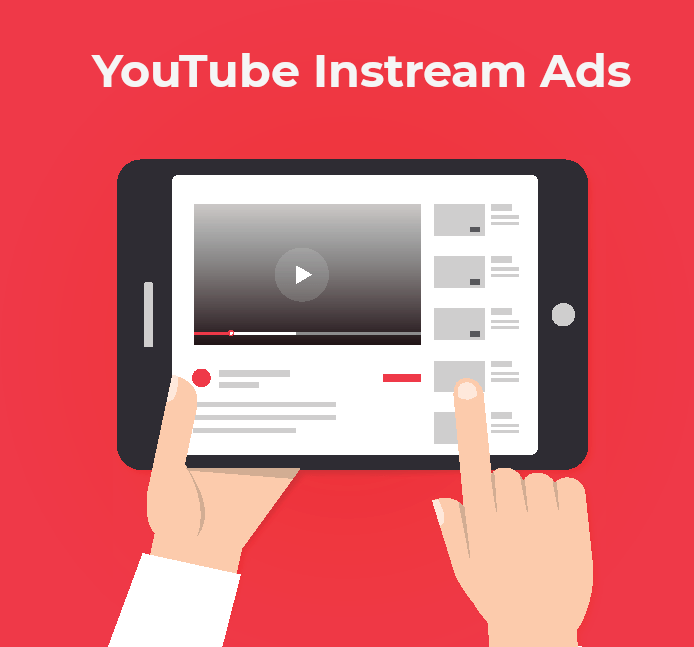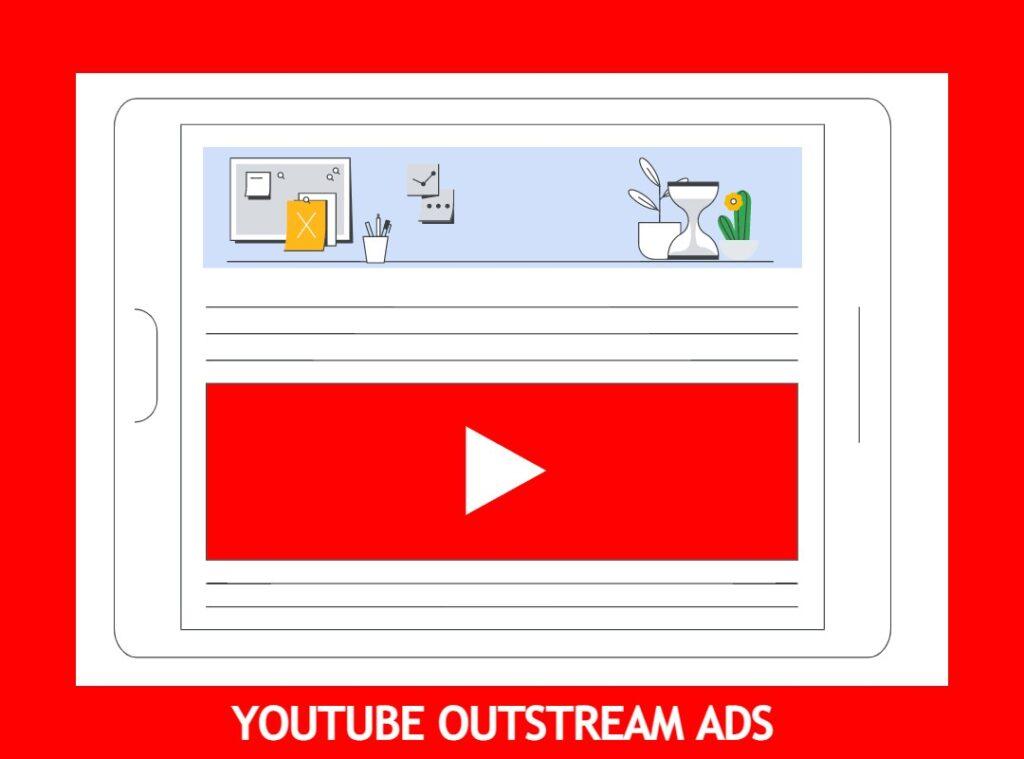
YouTube is a great place to reach users but how do we use it? Let’s start with the simplest format: In-stream videos.
YouTube is without a doubt one of the largest platforms that we can use to reach our target audience. While TikTok has steadily risen in watch time in the US, YouTube continues to be a key channel for marketers with users watching it more than ever in this pandemic. So how then do we get in on the action and what can it be used for? Cue in-stream ads, the most common type of inventory that you can buy on YouTube!
In-stream ads can serve before a video (pre-roll), during a video at a pre-determined timeslot (mid-roll), or when the video ends (post-roll). YouTube inventory can only be bought on Google Ads, DV360 or via direct reservation (from Google or from publishers). All other methods would involve a reseller using one of these channels.
In-Stream Ads (Skippable) & Bumpers
Skippable in-stream ads refer to the most common type of inventory where we want to serve advertising video content against a video (pre-roll/mid-roll/post-roll). On the DSPs (check out Programmatic glossary here), across Google Ads and DV360, the platform defaults to include Google Video Partners (GVP). This means that your in-stream ads can show on sites/apps outside of YouTube. While this helps to expand the scale and reach of your campaign, this means that you will not serve on YouTube exclusively. You can however, adjust this setting for inclusion of GVP when you set up your campaigns.
Skippable in-stream ads will give viewers the option to skip the ad after 5 seconds if they wish to do so. There are also multiple cost models and bidding types, meaning that the format can be used flexibly across different campaign goals. These can cover goals such as sales, leads, website traffic, brand awareness & reach, and product & brand consideration.
Cost Model: CPV (Standard in-stream) or CPM (Target CPM, Target CPA, Maximise Conversions bidding)
- With CPV bidding, you pay when a viewer watches 30 seconds of your video (or the full duration of the video if it’s shorter than 30 seconds) or interacts with your video, whichever comes first.
- This is especially useful if you want to maximise your dollar where you are charged only for a relevant or meaningful interaction
- With reach or action-focused campaigns, you pay on a CPM basis as the platform optimises towards your conversion point. This allows efficiency of impressions as the platform focuses on paying for impressions only when it needs.
In-Stream Ads (Non-Skippable)
Non-skippable in-stream ads have a similar purpose, but are more important when you want your viewers to see the entire message without skipping your video, being the most useful for brand awareness and reach campaigns. This includes a YouTube exclusive format known as “Bumpers” where you reach viewers with a 6 second ad that is meant to deliver a short, memorable message.
Cost Model: CPM (Target CPM bidding)
- These are video ads that are 15 seconds or shorter and users will not have the option to skip.
- This format can only be bought on a CPM basis (you shouldn’t be paying for views if people are forced to watch them, I guess..)
In summary, in-stream video ads typically provide the most scale and reach for your campaigns (due to the availability of inventory) while being flexible enough to serve various campaign goals. Understanding in-stream video ads is your quickest way of getting into YouTube advertising. And just like that, you’ve already cleared the basics of advertising on YouTube!
What else is there on YouTube? Plenty! Stay tuned for more…
Image Attribution
Vector by freepik


